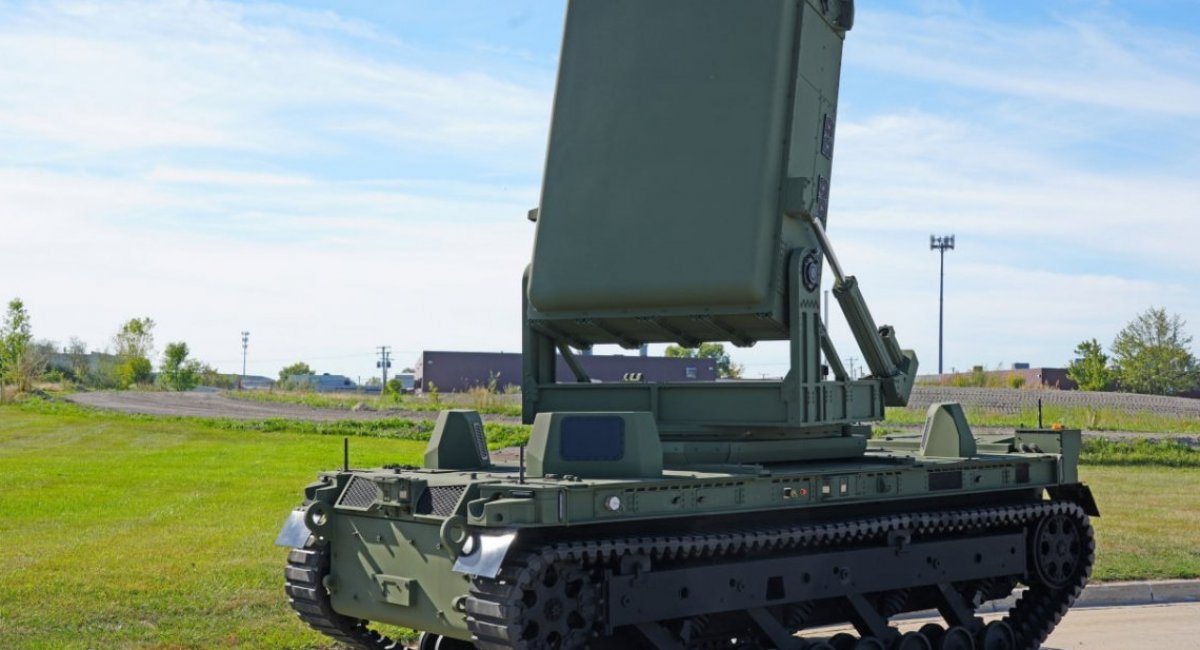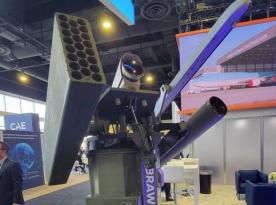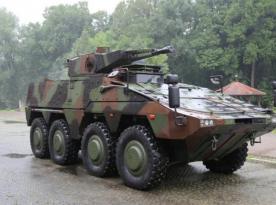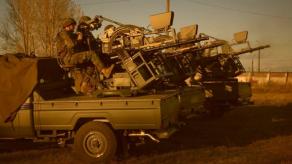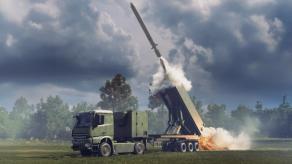American companies Epirus and General Dynamics Land Systems are introducing a new robotic combat directed-energy system, the Leonidas AR (Autonomous Robotic), designed to neutralize UAVs by frying their electronics. The system has a range of over 300 miles (482 km) and a speed of up to 72 km/h.
Read more: Defense Express Weekly Review: UK Tethered UAV, russia's Krona Relic, Swedish Gripen Jet Upgrades, Ukraine's Truck Fleet
According to the press release, the system is essentially a directed microwave electromagnetic weapon module, Leonidas, mounted on the Tracked Robot 10-ton (TRX) chassis from GDLS. This combination could theoretically address some of the technology's shortcomings in drone warfare.
A major limitation of such weapons is range. Even the larger Stryker-based version reached only 2 km, upgradeable to 4 km. Therefore, it is typically deployed close to key sites or directly on the frontline, which leaves it vulnerable to nearly all battlefield threats.
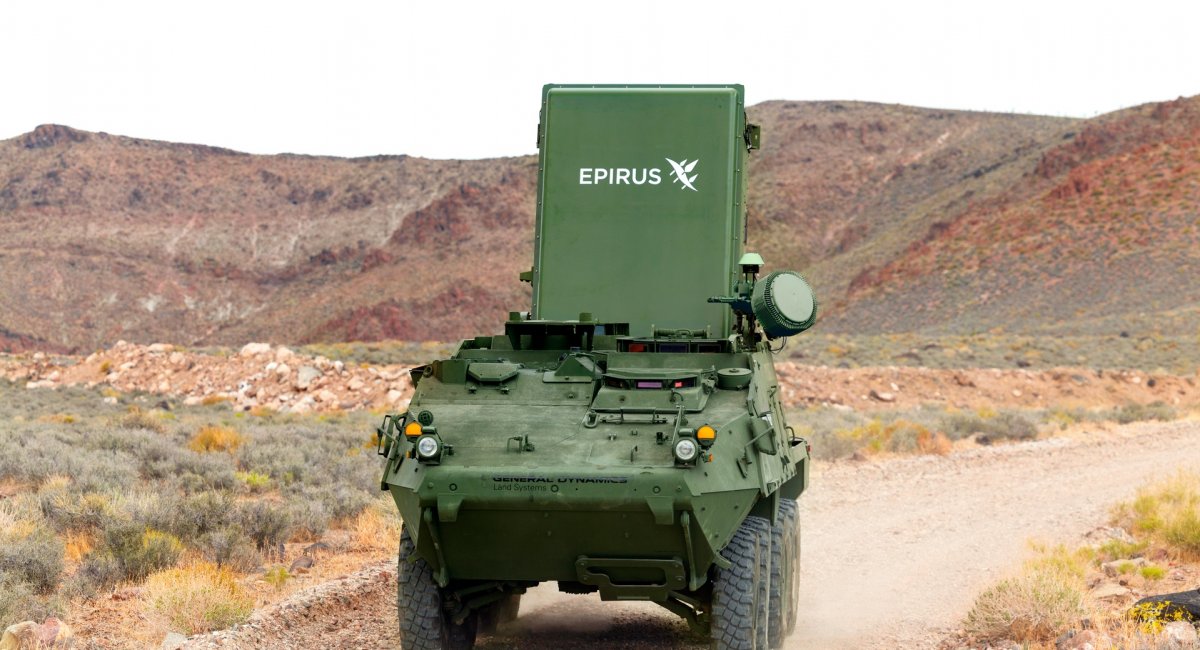
The module itself is large and can easily be damaged by debris, not to mention the risk to crew if the vehicle is destroyed.
Placing the system on a robotic chassis mitigates personnel risk. The smaller platform also makes the system easier to conceal, although full camouflage remains difficult.
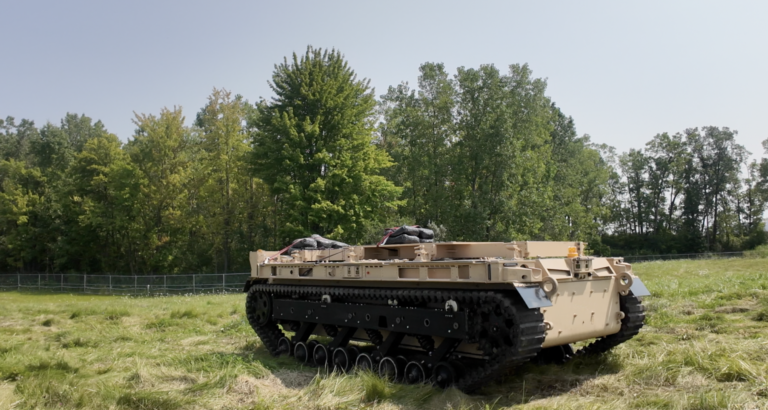
The TRX chassis weighs 10 tons and was originally designed for autonomous UAV launches, but it can carry any payload, making it capable of supporting the full Leonidas module.
While this reduces risk to operators, the system remains vulnerable due to limited range and size. Questions also remain about the TRXs mobility with such a heavy payload. Despite these limitations, microwave weapons offer a low-cost anti-drone solution, and development continues worldwide. Publicly, besides the United States, China is also actively working on improving these systems.
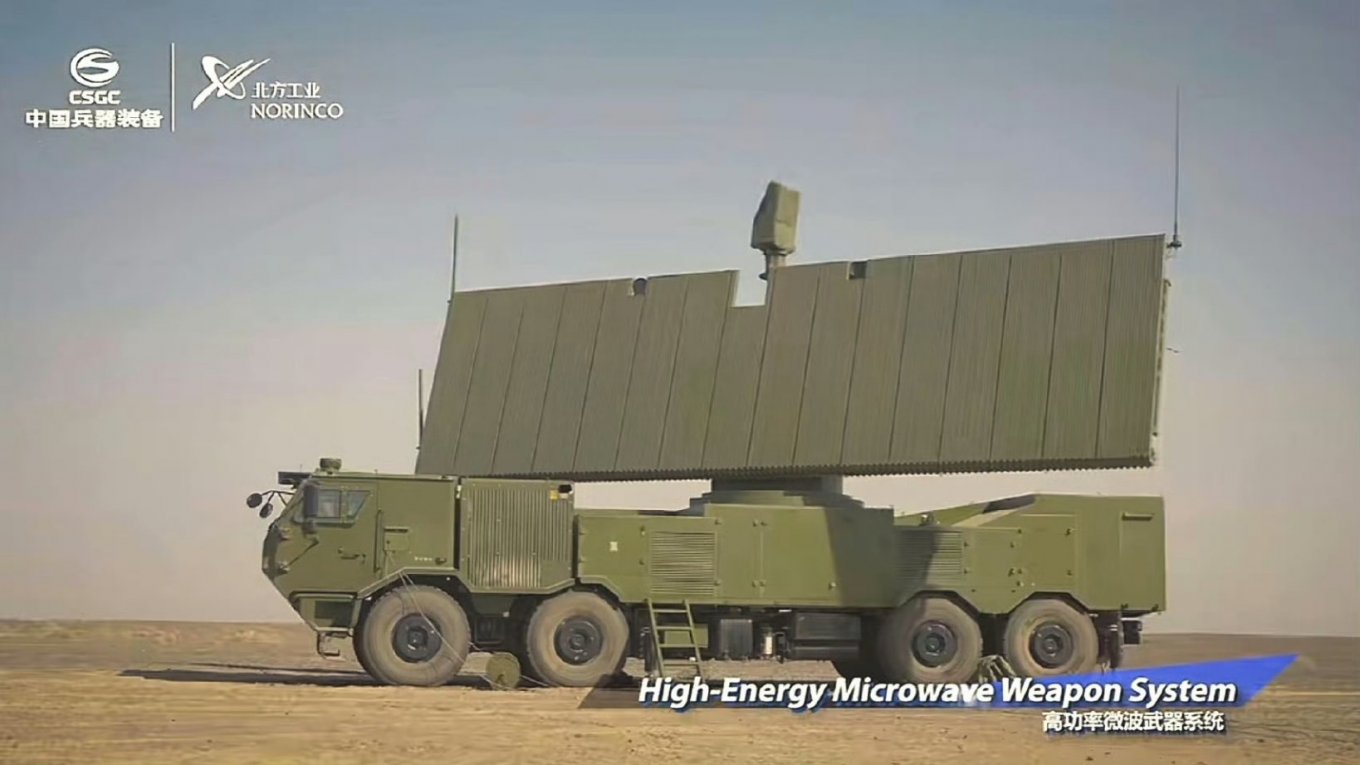
Read more: 1326 Days of russia-Ukraine War – russian Casualties in Ukraine




